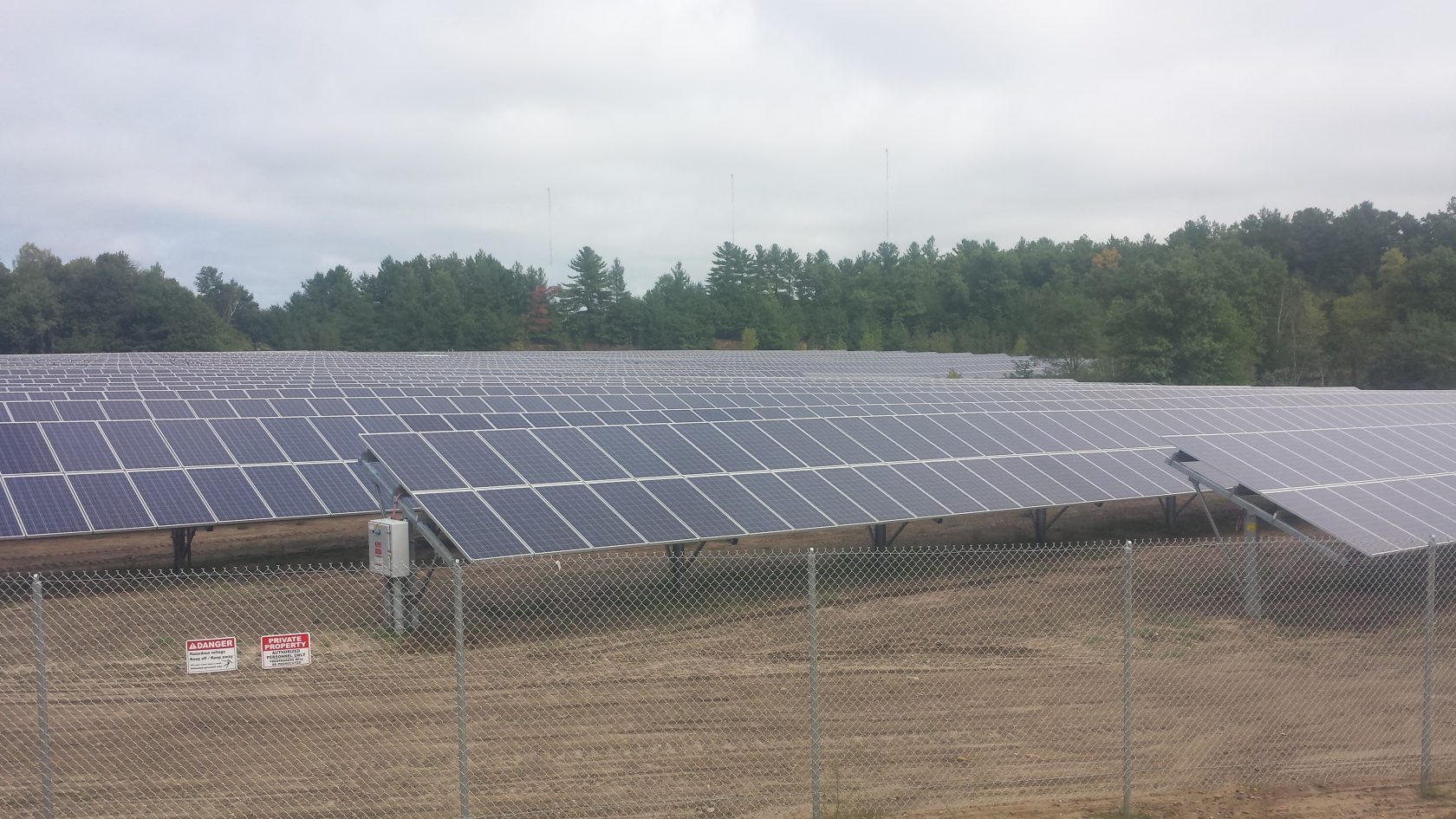WESTFIELD–There have been a lot of suggestions over the past few months on how to make Westfield greener, but one option has withstood the test of politics and made an impact–solar energy.
Since the first solar energy facility was opened in Westfield by Citizens Energy in 2014, the city has seen interest in the resource grow. Recently, ConEdison became another part of solar energy production after opening a 10-acre array field on Russellville Road, and local businesses have also shown interest and pursued plans for solar energy on their own land.
This increase in solar energy has meant that the city’s energy source has not only diversified, but has become greener.
In fact, according to Westfield Gas and Electric’s general manager Dan Howard, the alternative energy produced in the city is almost as much as a fifth of Westfield’s supply on certain days.
“With the new array, we’re in the vicinity of close to 10 percent on a good day and probably another 5 to 8 percent from other renewable energy,” Howard said.
Overall, Howard said that between ConEdison’s Russellville Road and Citizens Energy’s Twiss Street facilities there is a total of four megawatts of power produced. This total is about 8 percent of the overall energy needed in Westfield.
And while this energy is not bringing down the costs for consumers right now, Howard did say that it helps to stabilize cost for the consumer. Howard said that this is because it allows the G&E to know what the price will be for power going forward.
Howard said that the benefit may not show in cost, but rather in environmental impact.
“Bottom line is in the long term it’s not a less expensive source, but a clean, renewable source of power,” he said.
This can be important, especially as Gov. Baker’s administration continues to push for more environmentally-sound communities and projects. With a city becoming greener, it may become qualified for state grants and funds, such as money from the Green Communities Act. This year alone, over $9.5 million was awarded to cities and towns under that act.
However, solar energy doesn’t just have to come from large solar arrays. In Westfield, residents are allowed to purchase solar panels and install them on their home. This option can incur a large cost on the consumer though, so the more affordable and feasible option is to lease the solar panels from a third party.
These companies come and build the solar panel installation on the home, and then take the energy that it produces and provides the consumer with compensation.
There is a catch, though. Due to Massachusetts regulations, the consumer cannot simply use the energy. Instead, the resident or third party provider must sell it back to the municipality where it goes back into the electrical grid.
But wait, there’s more.
In addition to the municipality paying for the power, residents who establish solar power get credits through the government.
“The consumer, whether third party or landowner, gets renewable energy credit and tax incentives from state and federal government,” Howard said.
Finally, in spite of the fact that currently solar energy doesn’t bring down costs for consumers across the city, the amount of research and development going into the practice is promising. Perhaps with advanced solar technology, home solar becomes more feasible or the energy itself becomes significantly less expensive to produce.
“The technological advances not possible today will be possible in time,” Howard said.


